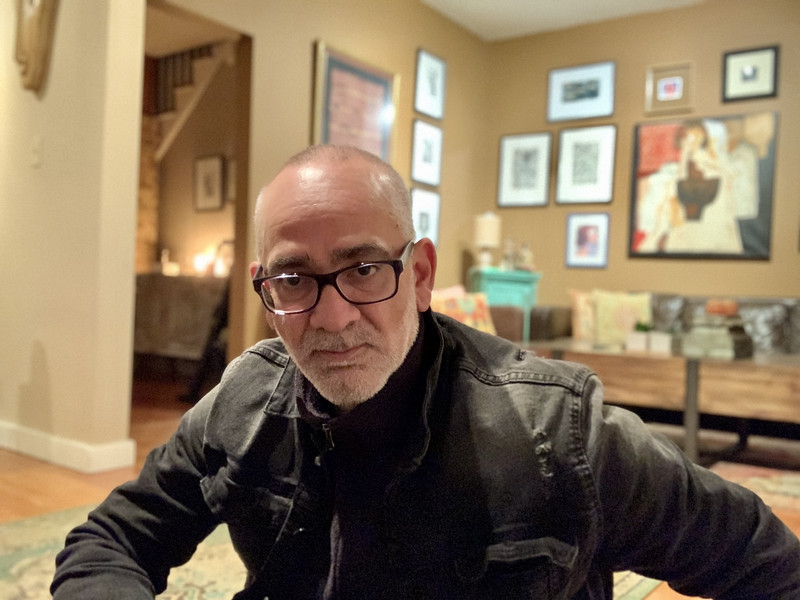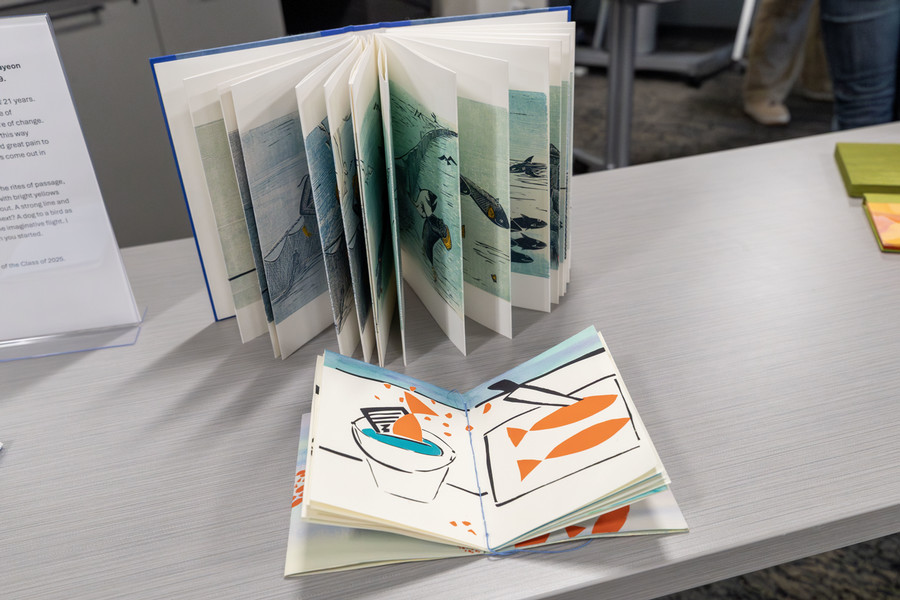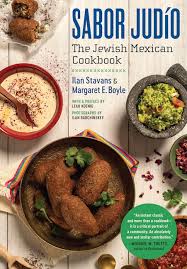Spanish Seminar Visits Famous Orozco Mural at Dartmouth College
By Bowdoin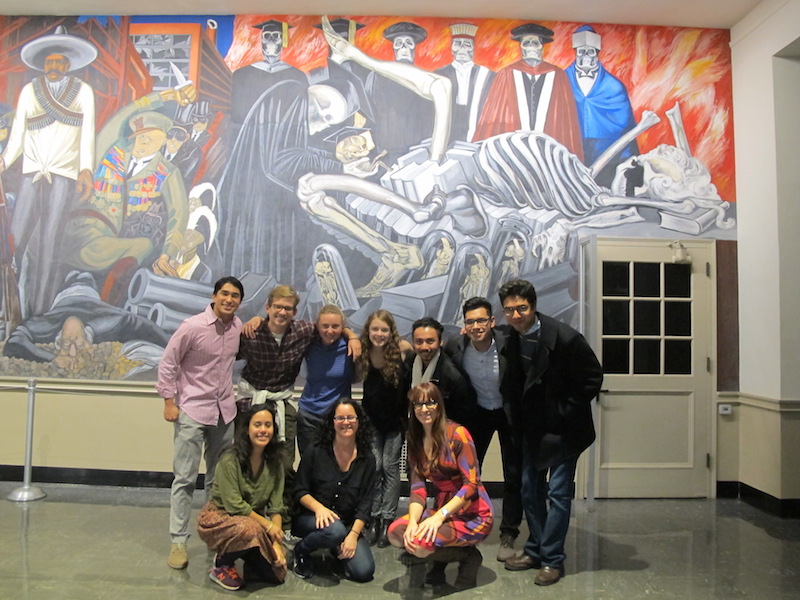
A Bowdoin Spanish class recently visited Hanover, N.H., to see Dartmouth College’s Orozco mural, which was painted by Mexican artist José Clemente Orozco between 1932 and 1934 in the reserve corridor of Baker Library, now called the Orozco Room. Caitlin Shaffer ’16, a student in the class taught by Assistant Professor of Romance Languages and Literatures Carolyn Wolfenzon, describes the field trip in the story below.
According to Dartmouth’s Hood Museum of Art, Orozco’s 3,200-square-foot, 24-panel mural offers “a complex and compelling narrative that covers the history of the Americas from the migration of the Aztecs into central Mexico to the development of our modern industrialized society.”
By Caitlin Shaffer
On Nov. 6, members of the Spanish class The War of the Latin American Worlds traveled by van to Dartmouth College. Assistant Professor Carolyn Wolfenzon had arranged a field trip for the class to learn about the famous Orozco mural panels commissioned by Dartmouth in the 1930s. En route, students chatted in both English and Spanish, sometimes switching languages in the middle of their sentence ¡para explicar algunos pensamientos mejor!
The class reached Dartmouth’s campus around noon, and Associate Professor of Art History Mary Coffey greeted the students when they arrived at the room with the Mexican mural. Coffey specializes in the history of modern Mexican visual culture, with an emphasis on Mexican muralism. She led the group on a tour of Orozco’s mural, The Epic of American Civilization, as well as provided background information on other Mexican muralists and the fresco style of painting. Then Coffey dove into a detailed description of each of the mural’s 24 panels.
One of the most interesting features of the room is its thematic division by the physical presence of the library reserve desk that sits in the middle of the room. On the left side of the reserve desk are mural scenes that represent America’s past, beginning with the migration of the Aztecs into central Mexico. The panels progress through scenes of human sacrifice, Aztec warriors, the coming of Quetzalcoatl, the Pre-Colombian golden age, and the departure of Quetzalcoatl. The final panel depicts an ominous prophecy that foreshadows the death and destruction that is to come with the arrival of Europeans.
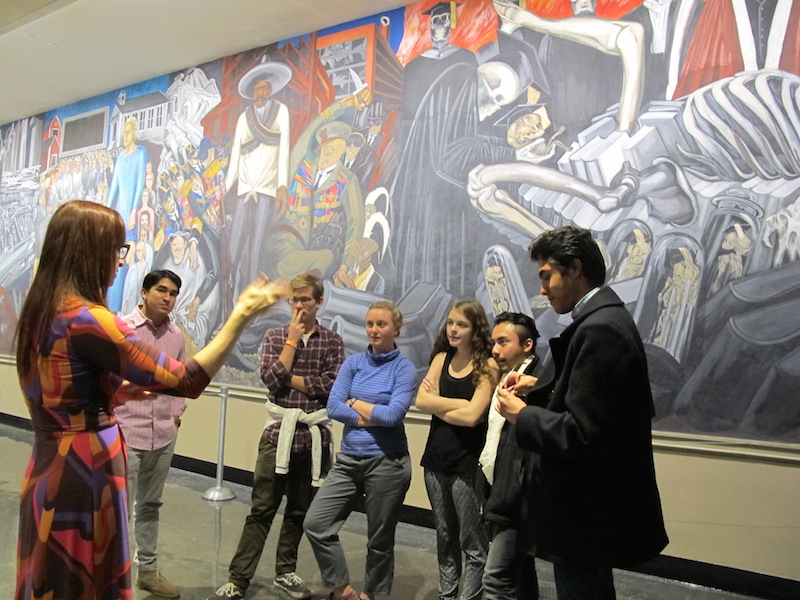
On the other side of the library circulation desk, the first image is of Hernán Cortés arriving in the Americas with an enormous wooden cross. A host of negative imagery follows: a pile of menacing machines that don’t seem to work, a zombie-like homogenous group of blonde children gathered around an overbearing, stern looking teacher, images of murder, corruption and greed among military and government leaders, and a terrifying image of Christ with an ax in his hand, among others.
One of the scenes I found to be the most compelling seemed to depict a modern version of the Aztec human sacrifice ritual. It shows a human sacrifice in the form of the anonymous soldier killed in combat – this soldier could be a sacrifice from any of the wars that have occurred in the 20th century. Another scene depicts a skeleton giving birth to a baby skeleton, with a collection of previously birthed skeleton babies in bell jars stacked on top of black, menacing looking books, and watched over by professors who also appear as skeletons. This scene is provocative because it seems to criticize the role of education in America by visually equating it to death — in a library at one of the most prestigious colleges in the United States, no less. This image was so striking and unsettling that our class chose to take a group picture in front of it.
On the drive back to campus, I thought about how well this mural reflects many of the themes of our Spanish seminar — most clearly the clash between tradition and modernity, but also the presence of violence and corruption in government, the portrayal (accurate or inaccurate) of Native American populations, and the effects of cultures clashing.

